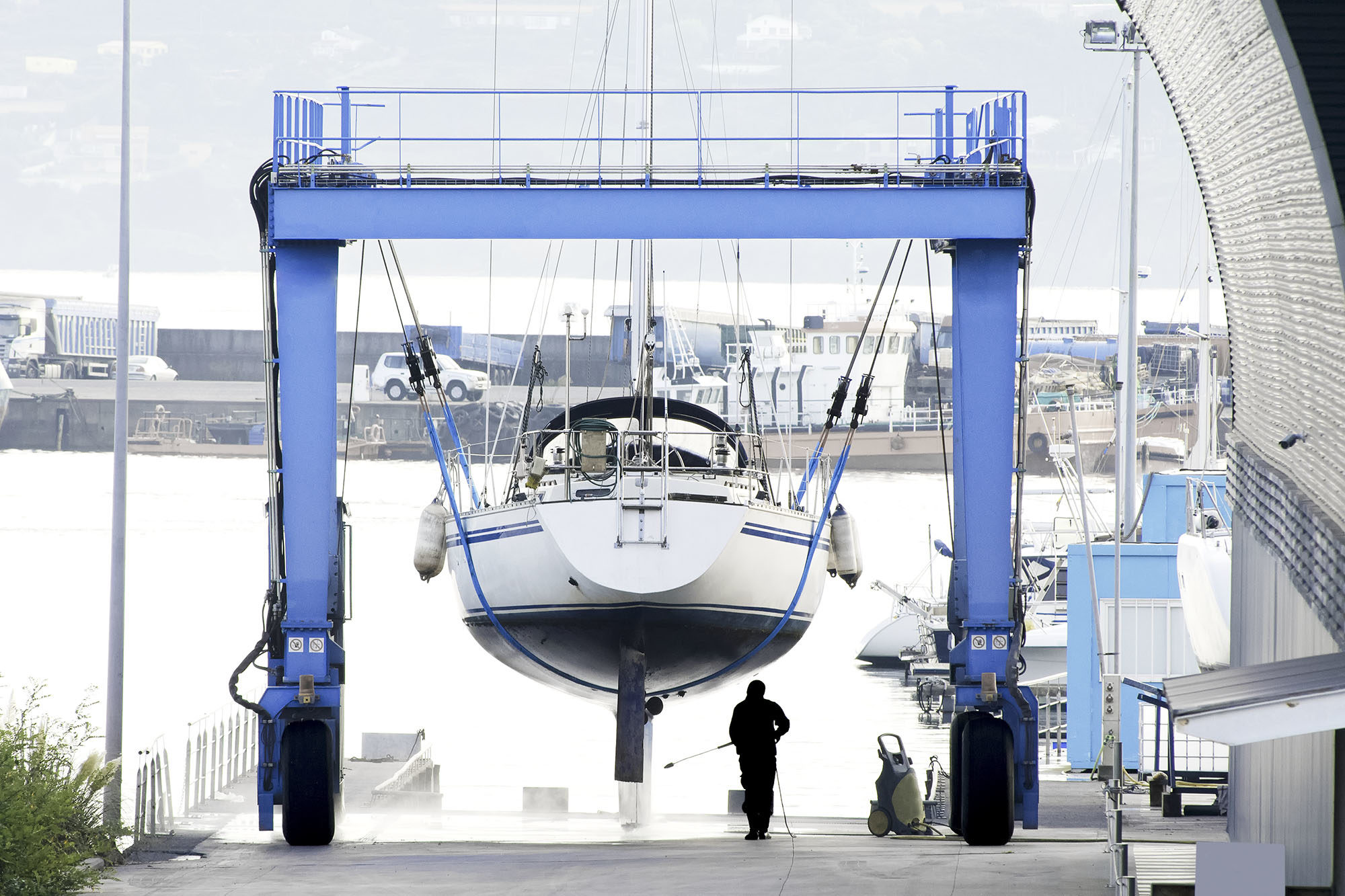
![]()
A comprehensive inspection is strongly advised before agreeing to purchase any vessel. Many boat owners also want a pre-purchase condition and value survey before selling their boat so they can find and correct any known problems before listing the vessel for sale. Below you will find our guidelines to prepare for your marine survey.
The surveying of a vessel requires that the surveyor be able to make a thorough inspection of the vessel’s structural integrity including the bottom and underwater machinery. This includes the superstructure, electrical systems, propulsion and fuel systems, steering, navigation and all systems operating condition and performance. For example, generators, air conditioning units, electronics, safety gear and interior portions. Moisture readings are also taken on the vessel’s hull and deck.
The final report will reference compliance with United States Code of Federal Regulations, US Coast Guard, American Boat and Yacht Council, and National Fire Protection Association standards. All recommendations are clearly defined. The fair market value, replacement cost and general remarks regarding the overall condition of the vessel are always included.
It is most helpful if the following marine survey preparation guidelines can be safely followed and observed:
Evaluations are non-destructive and non-intrusive. No portion of the vessel is examined that requires the disassembly of any structure or machinery and the surveyor will not commission any machinery or systems that are not in operating order at the time of the survey. Preparing the vessel for a survey is the owner’s responsibility. Specifically, you should take any action necessary to ensure reasonable access to the vessel’s system (steering, machinery, sea valves, batteries, fuel tanks, etc.). This may require temporary relocation of loose or heavy gear stowed in cockpit lockers (sails, anchors, inflatable boats, cleaning and maintenance products, canvas, etc.). On some vessels access to the machinery spaces may be limited by carpet or heavy furniture. These items must be moved prior to the survey to allow access to the space. If the vessel’s owner lives aboard, the surveyor will not move personal effects to gain required access.